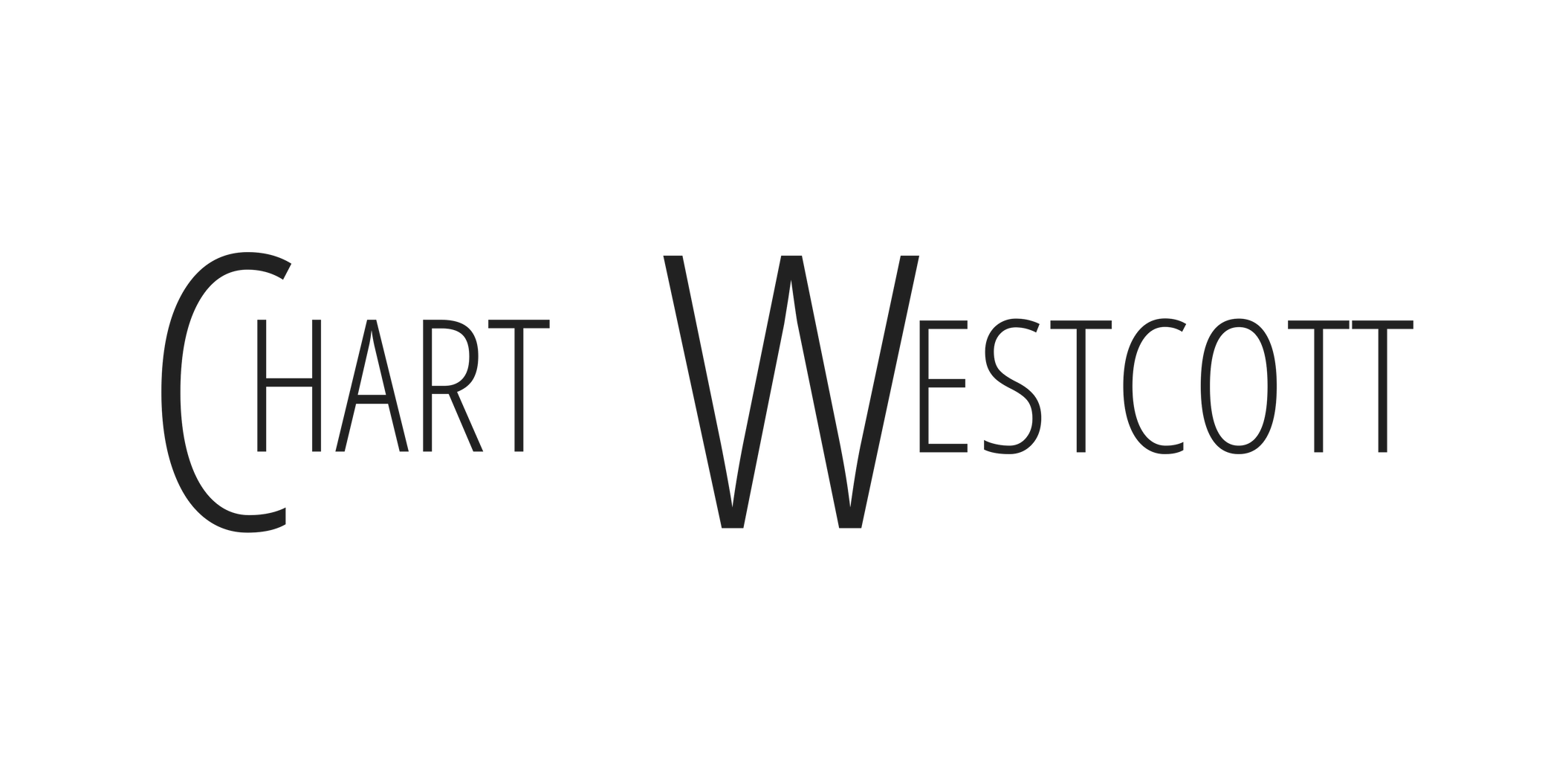As companies analyze their finances and leadership teams wrap up their plans for the next year, the curtain closes on a very chaotic year. Nothing about 2020 could have been predicted. Most plans and goals had to be shelved or heavily adapted, and many businesses are ending the year at a significantly different point than expected.
The process of budgeting and planning for a business can be infuriating. Most planning measures begin about half a year in advance, going from the concept stage to research to endless data charts. Different company departments have to fight over the scant resources, and the planning individuals have to agonize over what constitutes a “realistic” goal.
Going into 2021, we can expect that the economy and environment will continue to be unpredictable. This means that the upcoming year’s plans must be flexible enough to adapt to various potential outcomes. The business that survives is the one that can change at a moment’s notice.
There are ways to change the traditional planning process so you’re more prepared.
Traditional budgeting and planning models are made for developing growth strategies in a stable economic environment. They’re designed to maximize profit, not to help the company survive. If you want a model that works, you have to do away with this profit-prioritizing formula.
You cannot predict what your profits will look like. Planning should not focus on arbitrary budget amounts or monetary financial goals. Instead, your planning should focus on ensuring that you have the best possible outcome for the investors, communities, employees, and customers, regardless of the changing market factors.
The next principle is to stop focusing on precise financial plans and instead create successful strategies. Rather than setting target margins for each quarter, set down strategic guidelines that allow you to adapt your budget to the company’s changing needs.
To develop strategies, you can ask questions, including:
- What outcomes need to happen for the strategy to be a success?
- How should we allocate our resources to manage these priorities?
- How many resources should be going toward development versus maintenance versus sales versus the customer?
- How is our technology divided between maintaining our systems and developing new, more efficient processes?



